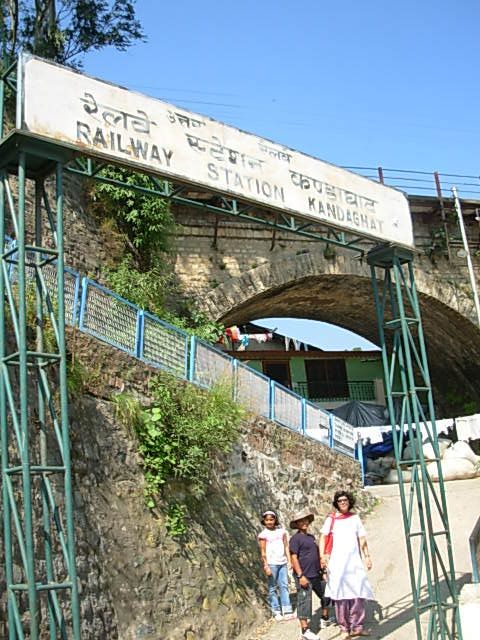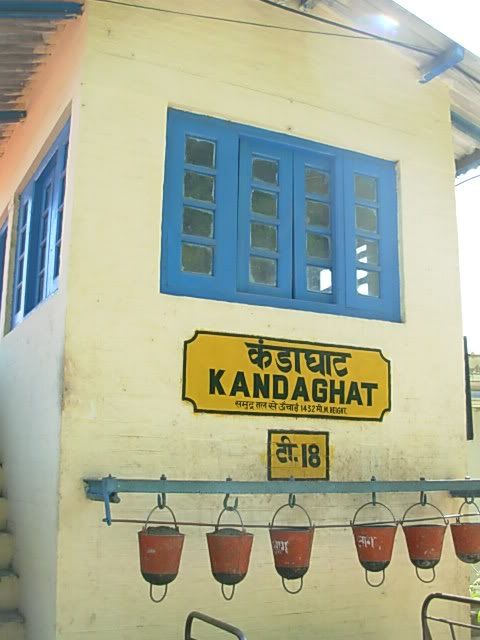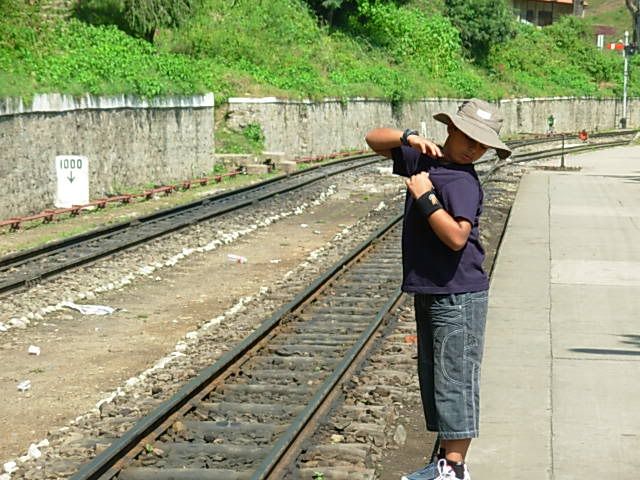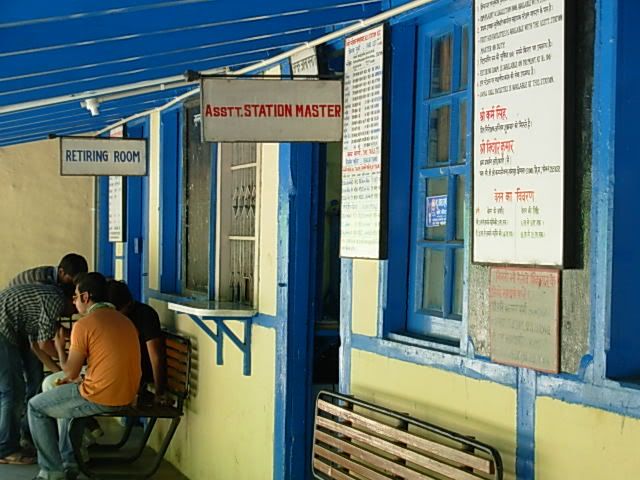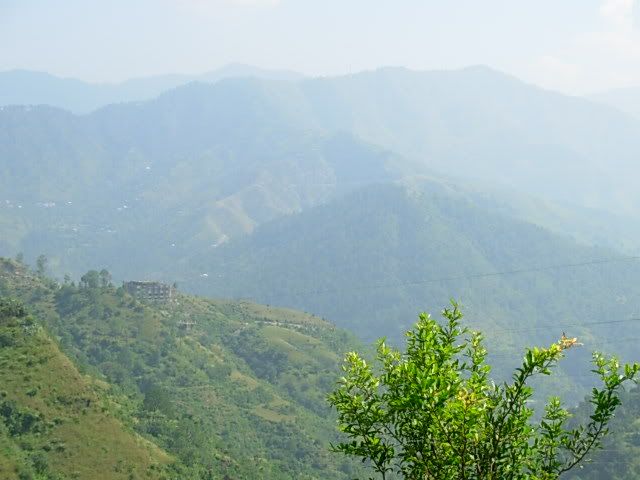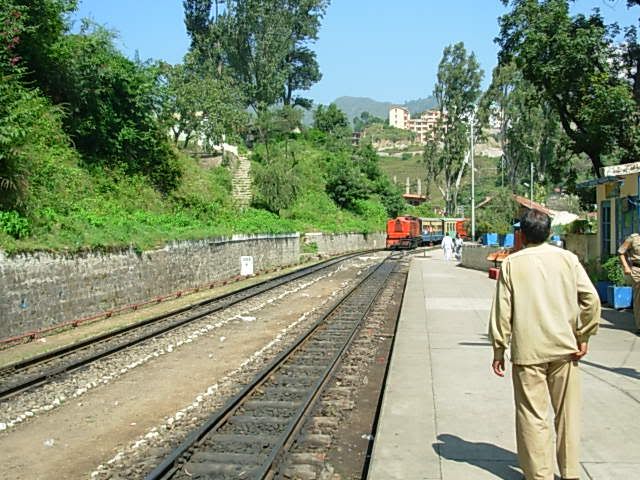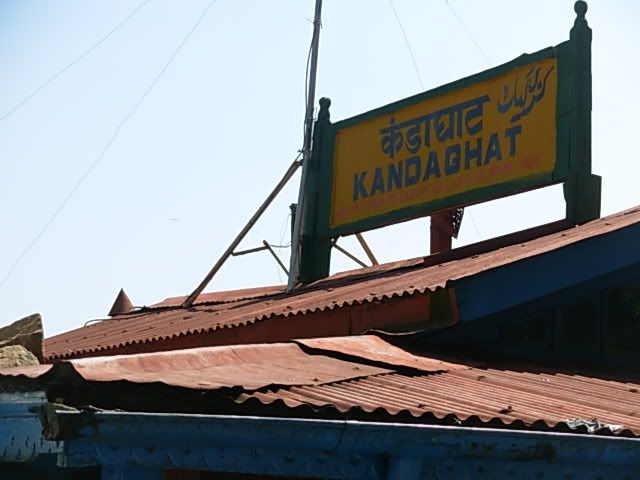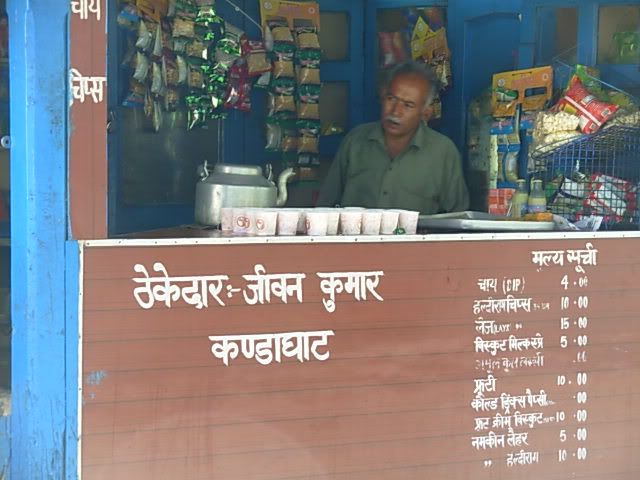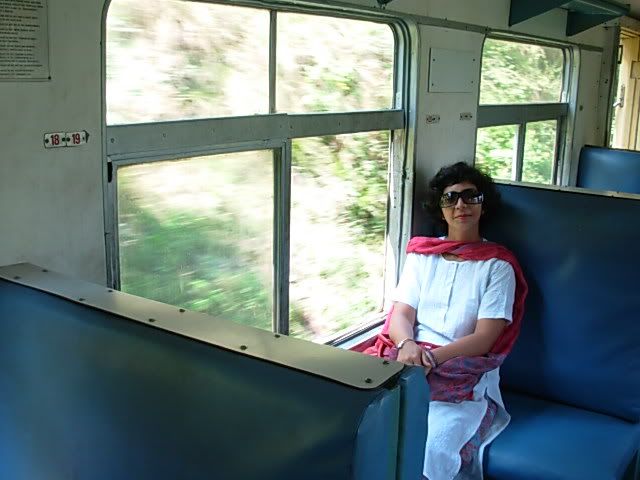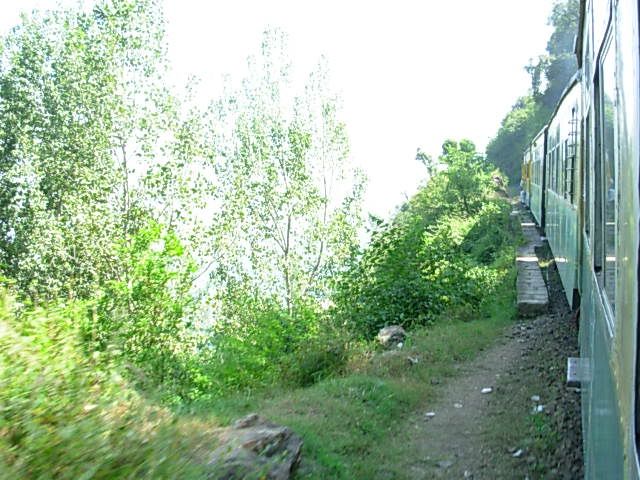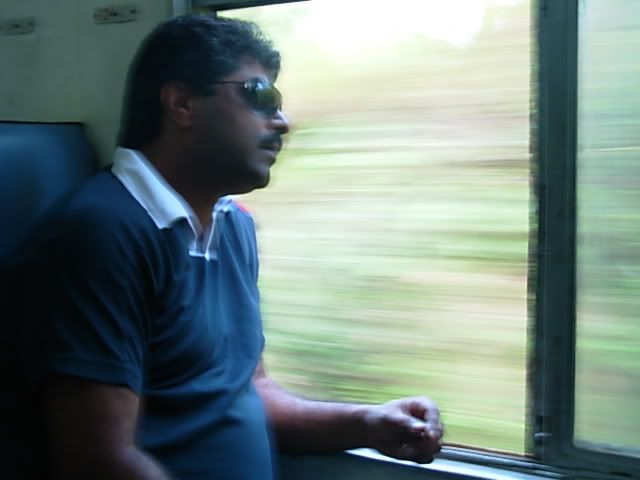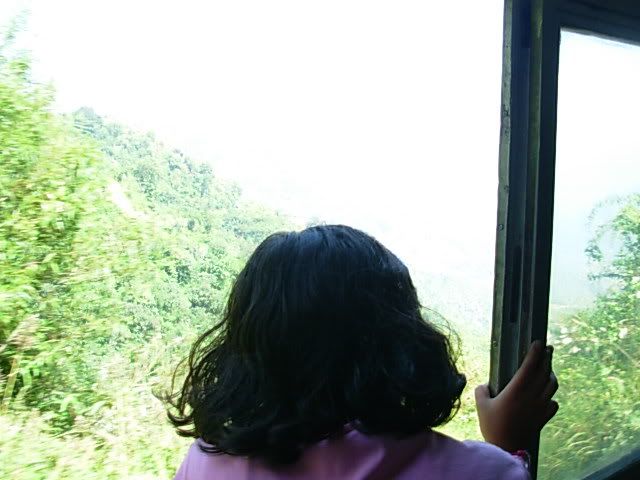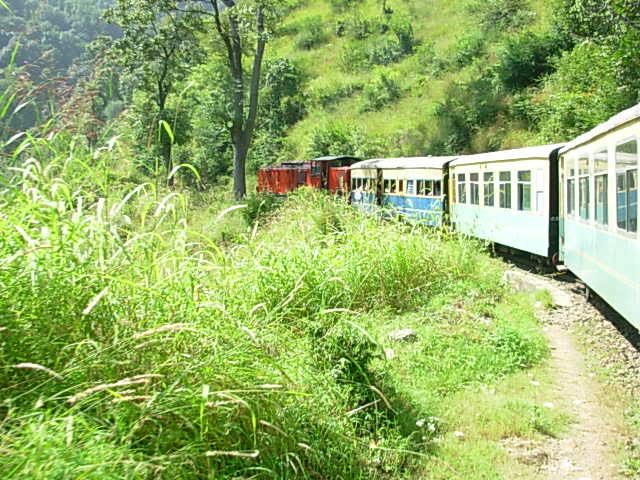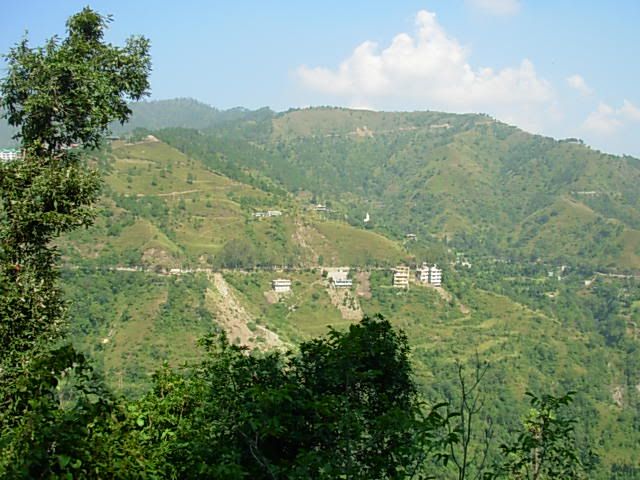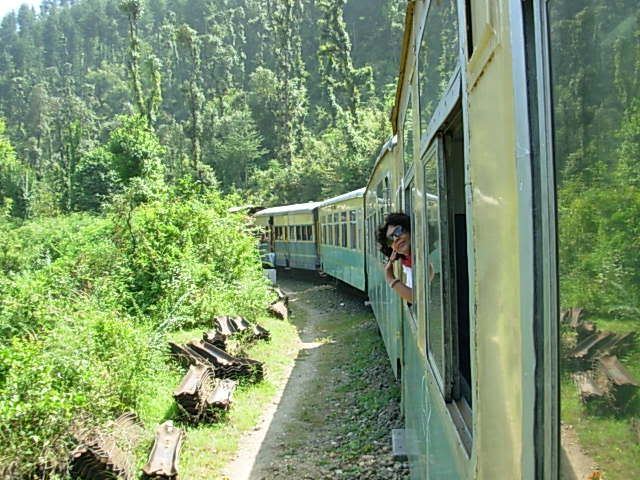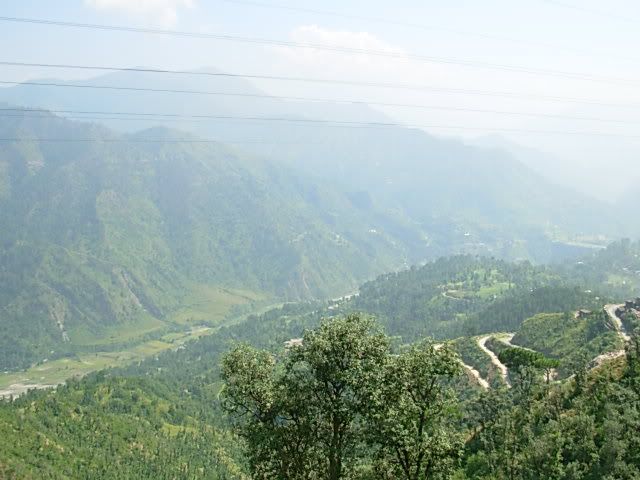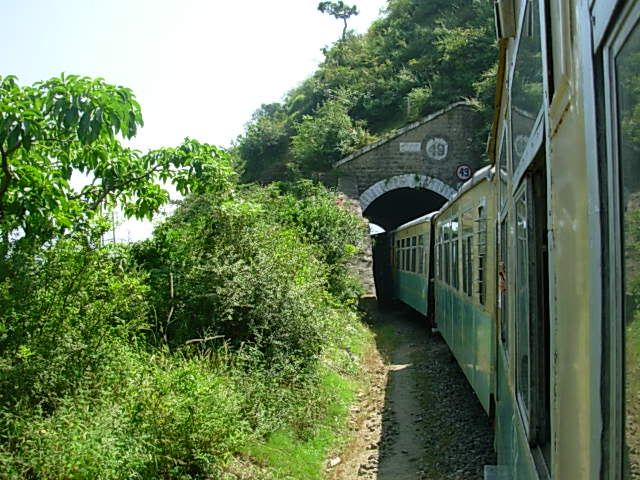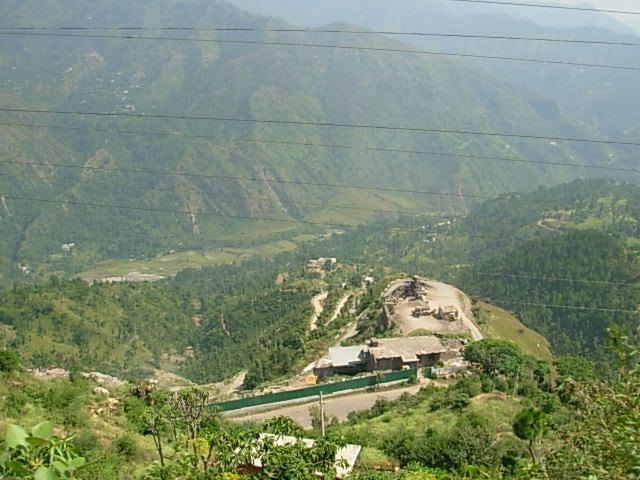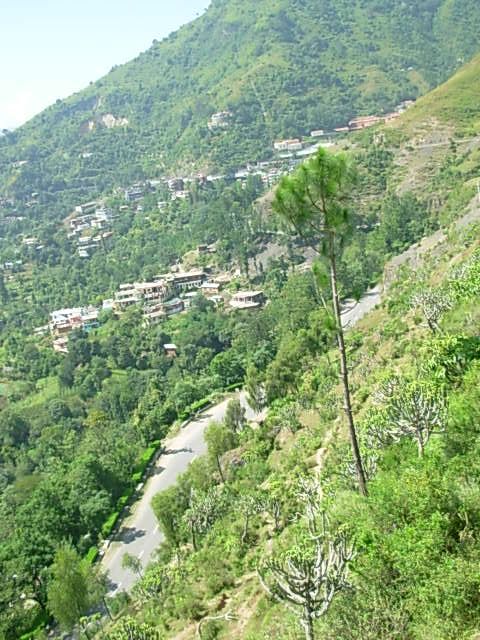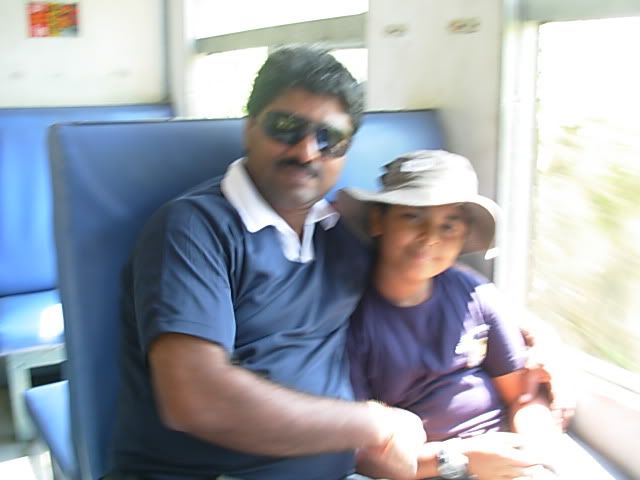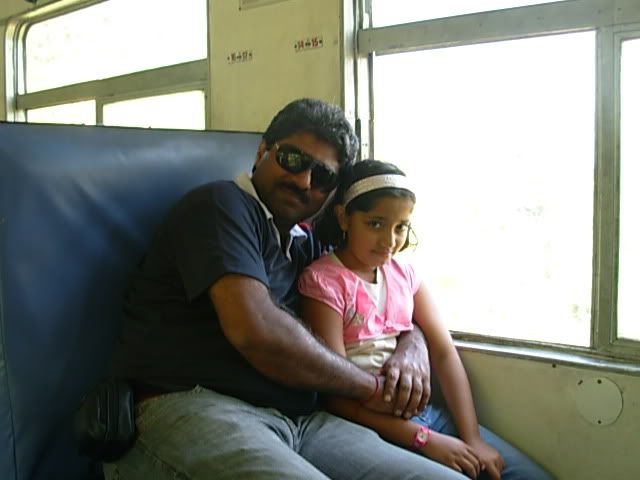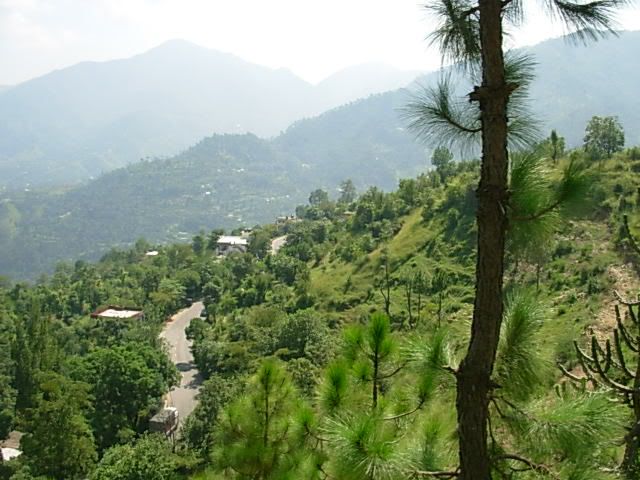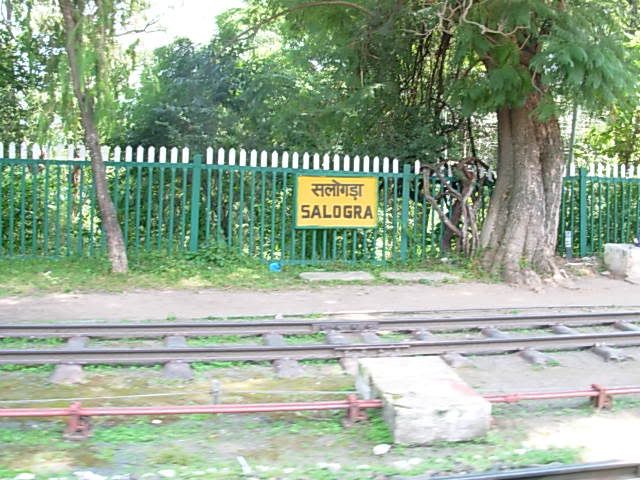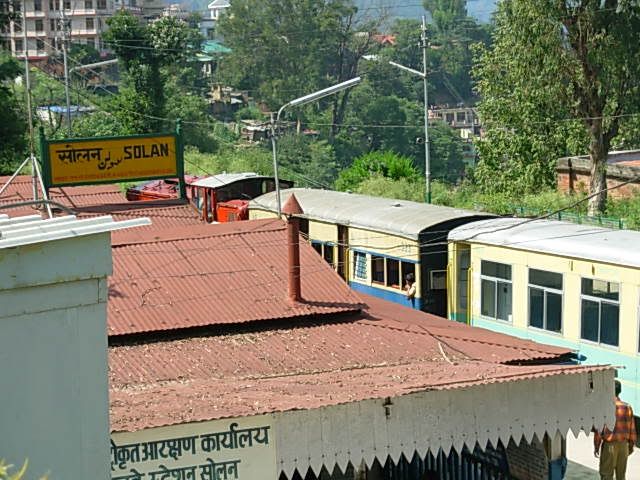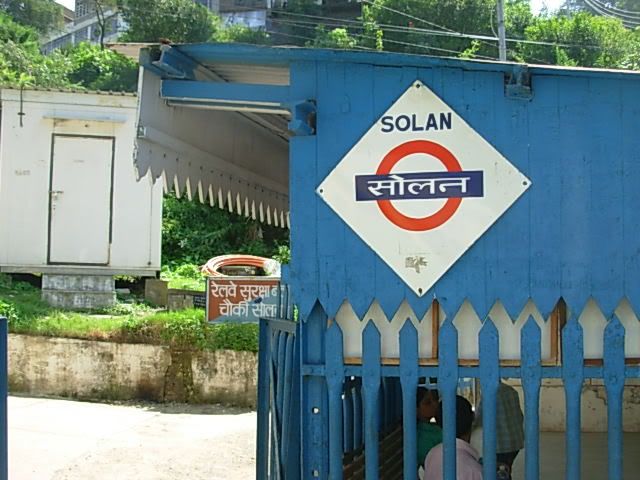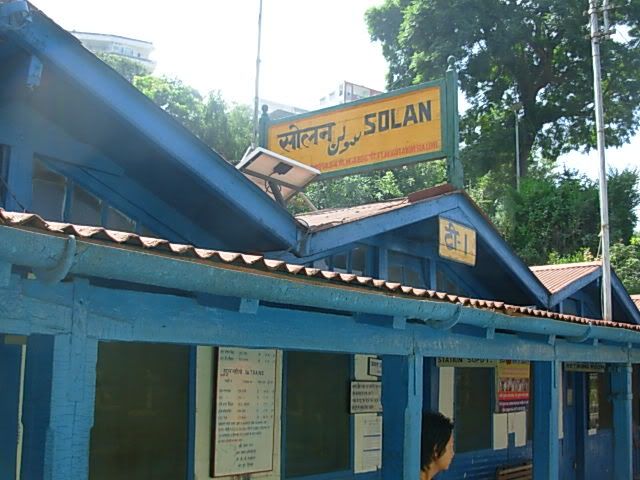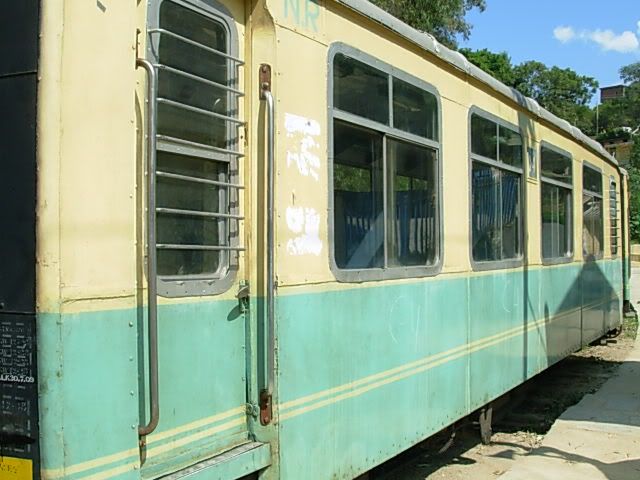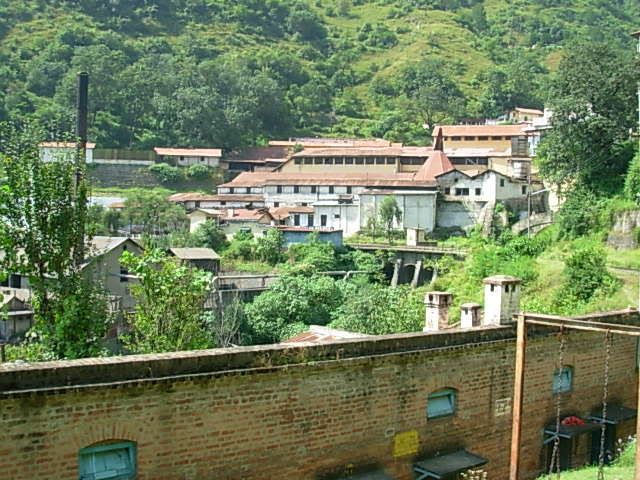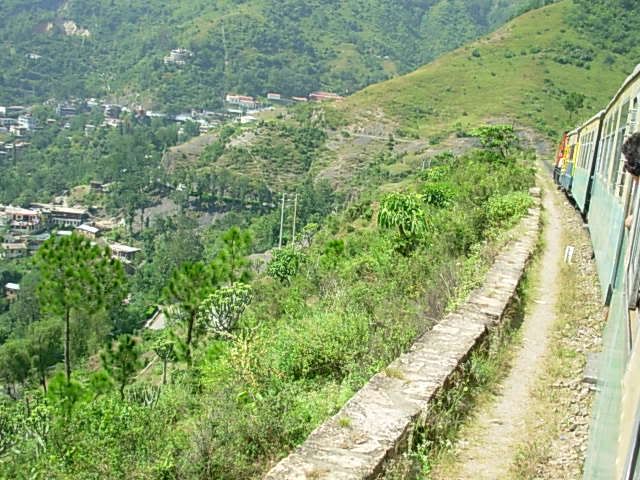Appointments to Judiciary - Favouritism, Bias and Non-chalance
When we were little kids
and played cricket in the neighborhood, the one amongst us with the cricket
bat was considered to be the king. He
would invariably get the first opportunity to bat, and if he did not like the
manner in which he was given out, he would walk back home with his cricket bat,
amidst protests by others. This, in a
way, sums up the crux of what I am writing below.
“jiski lathi usski
bhains”– The one who is wielding the stick is the owner of the buffalo – is an age
old hindi adage. So the Governments that have come and gone since we attained
independence have in some way or the other influenced and molded the behavior of the other two arms of our Constitution, i.e., the Judiciary and the
Legislature. The Governments of the time
have always taken umbrage of “Rashtra Dharma” or “Rajnaithik Dharma”, i.e.,
necessary conduct in line with national interest or political interest.
What prompted me to key
in my thoughts is the topical context of recommendation of the Supreme Court
Collegium to the Government of the day for appointment of Mr. Gopal
Subramaniam, Senior Advocate and former Solicitor General of India as a Supreme
Court Judge, the news of the Government returning the file of Mr. Gopal
Subramaniam to the Collegium for reconsideration, the apparent reasons being
cited in the press for such need for reconsideration and finally, the
withdrawal of consent by Mr. Gopal Subramaniam and his subsequent interviews in
the media as to why he has chosen to withdraw his consent. Given the allegations, insinuations and unsavory words being exchanged between those in favour of the Government’s
decision and those against, I would steer away from the present context, since
what I am trying to emphasize here is a bit different.
Judges of Supreme Court
were, prior to 1993, being appointed by the President of India, who acted on
the advice of the Union Cabinet.
The genesis of the Collegium system being presently followed by the Supreme Court is three
judgments of the Supreme Court, which are collectively known as the Three
Judges Cases. The Supreme Court through
the Three Judges Cases, evolved the principle of judicial independence, i.e.,
no other branch of the State, the legislature or the executive, would have any
say in the appointment of judges to the High Court or the Supreme Court. The Collegium started functioning in
1993. Subsequent to the rulings in the
Three Judges Cases, the President is required to appoint judges who have been
chosen by the Supreme Court's Collegium — a closed group consisting of the
Chief Justice of India and the next four senior-most judges of the Supreme
Court.
Of course, since then
and till now most of the issues concerning recommendations made by the
Collegium, the Government’s decision thereon and the ultimate appointments and
rejections have always been under a veil and not accessible to the general
public. Each time there have been
appointments, elevations or rejections, there have been protests from various
quarters regarding favoritism and bias and for a re-look at the Collegium
System. Even the attempts made by
applicants under the Right to Information Act to elicit information regarding
working of the Collegium have faced stiff resistance from the Supreme Court.
The Chief Information Commissioner has held in a series of orders that Supreme
Court cannot claim immunity from disclosing the information sought regarding
decisions taken by the Collegium. The
Registrar, Supreme Court has thereafter filed appeals before the Supreme Court
challenging the said Orders, and the matter is sub-judice.
As regards the
relationship between the Government and the Supreme Court Judges, the common
argument that is held against the Judges of the Supreme Court is that most of
them vie for or accept post-retirement appointments in some Tribunal or
Commission, where their appointments are at the mercy of the Government. They continue staying in sprawling
accommodations in Lutyens’ Delhi and enjoy the perks and facilities that come
with such appointments. In such a
scenario, the argument that is raised is that how can the Judges of Supreme
Court not cede to the wishes of the Government.
Given the human weaknesses, the general perception does not regard
the Supreme Court Judges as “Caesar’s wife”.
It is this fallibility
in the Supreme Court Judges that the Government exploits. Increase the retirement age of the Supreme
Court judges, may be, and let the retired judges not be engaged by the
Government, after their retirement. This
may, to some extent, remove the doubts from the mind of the general
public. Justice Jackson of the U.S.
Supreme Court had once said: “Judges are more often bribed by their ambition
and loyalty than by money.”, and I am in complete agreement with him.
In my opinion, the
Collegium system has only changed the actors without any change either in the
roles or the method of acting. In one of the Three Judges cases, the Supreme
Court had to say the following as to why the system of appointment by the
Government was flawed:
“The mystique of this
process(of appointments) is kept secret and confidential between just a few
individuals, not more than two or four as the case may be, and the possibility
cannot therefore be ruled out that howsoever highly placed may be these
individuals, the process may on occasions (sic) result in making of wrong
appointments and transfers and may also at times, though fortunately very rare,
lend itself to nepotism, political as well as personal and even trade-off”.
Does not it now hold true
for the Collegium system also?
What I have said above
is to be seen in the context. When the Government returns a recommendation for
re-consideration to the Collegium, though the Collegium may accept or reject
such opinion of the Government, whether the Collegium consists of the Chief
Justice and the four senior-most Judges, who are on the brink of their
retirement, accept the opinion of the Government or reject it?
Since Mr. Gopal
Subramaniam has withdrawn his consent, the question posed above is of only
academic relevance now. However, it’s
still a question which would come up time and again, seeking an answer.
The past conduct of the
Governments in power, when it was the Union Cabinet which was recommending
appointments and thereafter when the Collegium and Government took over since
1993, does paint a grim picture. In fact, the Collegium has been accused of favoritism and bias more often than not, and Governmental interference is an
issue which has been recently highlighted.
1. The historic decision in Keshavananda
Bharati case was pronounced by the Supreme Court laying down the implied
limitations on the constitutional power of the Parliament to amend the basic
structure of the Constitution. Three eminent judges of the Supreme Court,
Justice K.S. Hegde, Justice J.M. Shelat, and Justice A.N. Grover who were
instrumental in the said Judgment being passed, were superseded and Justice
A.N. Ray, junior to all these three, was appointed as the Chief Justice of
India on 25th April, 1973 by the then Government of Indira Gandhi.
2. In a Habeas Corpus case during the
Emergency in 1976, Justice Hans Raj Khanna gave a dissenting opinion, claiming
that the Constitution did not permit right to life and liberty to be subject to
executive decree, which is still regarded as the landmark in Indian democracy,
while four other judges agreed with the then Government’s view that even
fundamental rights like the right to life and liberty stood abrogated during
Emergency. Since the majority Judgment was to the benefit of the Indira
Gandhi’s Government, Justice Khanna was singled out as the black sheep and a
Judge junior to him, Justice M.H. Beg, was appointed Chief Justice in January 1977.
This was against legal tradition and was widely protested by bar associations
and the legal community. Justice Khanna resigned on the same day. There were
wide-spread protests by lawyers all over India, however, to no avail. Mr. Justice P.N. Bhagwati, who was a one of
those who passed the majority decision, and who went on to become the Chief
Justice of India many years later, much later in an interview admitted that the
view taken by Justice H.R. Khanna was the right view and he committed a mistake
by siding with the majority view.
3. Some reports also suggest that Justice Guru
Prasanna Singh of the Madhya Pradesh High Court had also earned the displeasure
of the Indira Gandhi Government after she came to power again in 1980, and thus
lost a chance to be elevated to the Supreme Court.
4. Immediately after Emergency, Justice R.N.
Aggarwal and Justice U.R. Lalit, who were additional judges of the Delhi and
Bombay High Courts respectively, were not confirmed as permanent judges for the
reason that they had delivered judgments in favour of those opposing Emergency.
5. In or around 1981, Justice O.N. Vohra of the
Delhi High Court was not confirmed as a Permanent Judge ostensibly because he
sentenced Sanjay Gandhi and one other in the "Kissa Kursi Ka" case.
6. Justice S.N. Kumar of the Delhi High Court
was not confirmed as a Permanent Judge as he did not agree with the policy of
transferring additional judges.
7. The first victim of the Collegium system
was Justice U.L. Bhatt. Justice K S
Paripoornan, who was about two and a half years junior to Justice Bhat in the
Kerala High Court was appointed in June, 1994 as a judge of the Supreme Court
superseding Justice Bhat.
8. In the year 2008, the Collegium had sent a
recommendation to the Law Ministry that three judges, i.e., Justice
A.K.Ganguly, Justice R.M. Lodha (the present Chief Justice of India) and
Justice H.L. Dattu (the next-in-line to be the Chief Justice of India) be
elevated to the Supreme Court. This recommendation was done, overlooking and
superseding three Judges, who were senior to the chosen three, viz., Justice
A.P. Shah, Justice A.K. Patnaik and Justice V.K. Gupta. The Collegium however gave no reason for this
supersession.
9. In 2013, when the Collegium recommended the
elevation of Justice Pinaki Chandra Ghose and Justice Kurian Joseph, it again
chose to supersede three sitting Judges were senior to them, i.e., Justice
Barin Ghosh, Justice Mohit Shantilal Shah and Justice Bhaskar Bhattacharya. Justice Bhattacharya had also alleged that
his supersession was a result of his being a member of the High Court
Collegium, and for having opposed the elevation of sitting Supreme Court Judge,
Justice Altamas Kabir’s sister, as a judge of the Calcutta High Court.
Of course, there are
bound to be more instances, some buried in files, some in the decision makers'
minds and some, which I may have missed.
But the fact of the matter is that we need more accountability,
transparency and integrity from the Government, Collegium or whichever body
appoints judges to the Higher Judiciary.
At the end of it all, my
two pence. Unless the propensity to
please and to be pleased is altogether curbed, I don’t see much hope that the
system will change in the near future.

